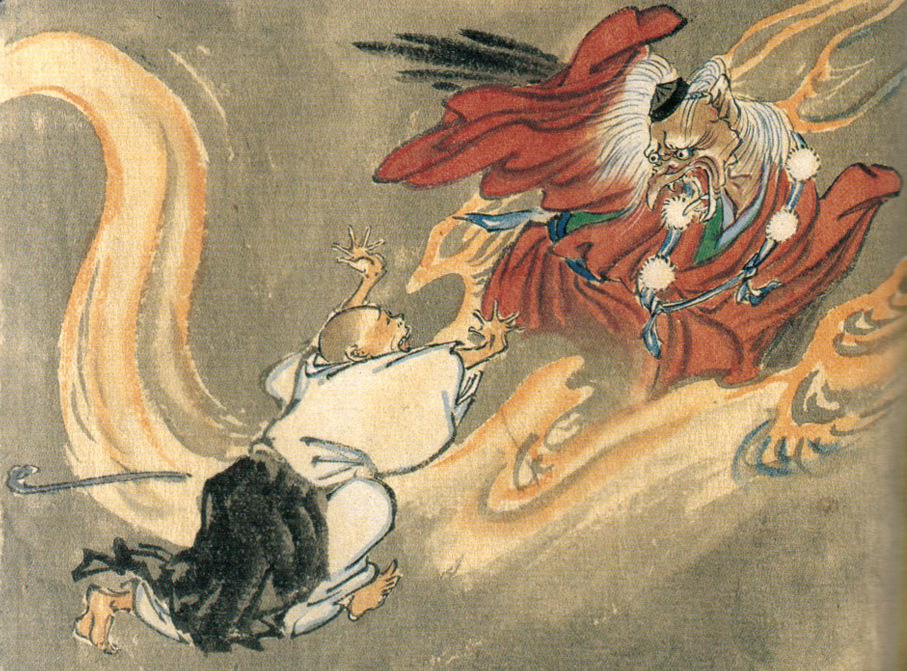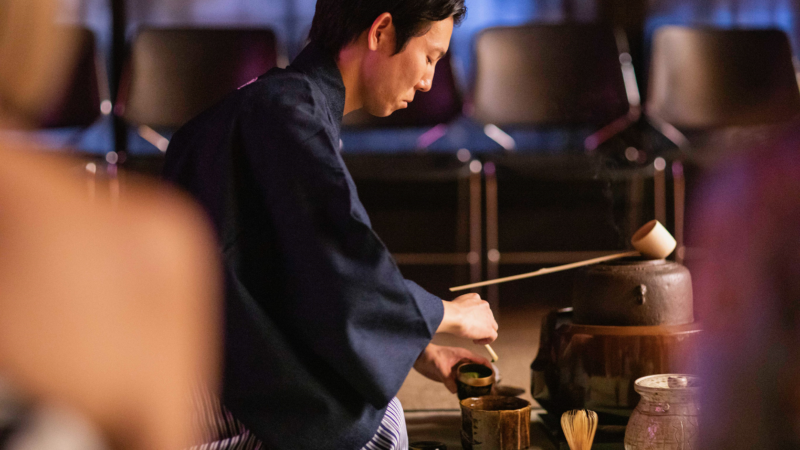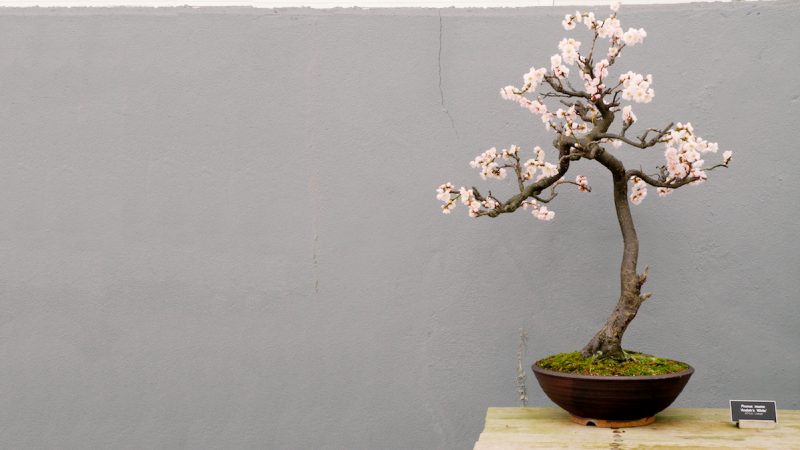October 14, 2014 ◆ Charles Dunbar

Night falls, and you feel something watching you. Its an uneasy feeling, exacerbated by the fact that each time you turn around, there’s nothing there. Just rolling darkness, maybe a chill on the breeze, and a lone streetlight, illuminating only shadows. It grows more unnerving with each passing second, and your ears strain to pick up muffled sounds. Any sound will do, from a scurrying of tiny paws, to a distant boom carried on the wind. And that tends to be enough. You hasten your pace- if not burst into a run outright- and are gone, the fear of what might be lurking there causing your mind to jump to all sorts of terrifying conclusions.
That, in its essence, is what yokai is all about- potent, powerful, and a rich creation of your mind confronted with the unknown.
Without going too far down a psychoanalytic path, this description of hidden and unseen dangers owes a lot to Freud’s idea of the “umheimlich,” the uncanny, which influences how we perceive and understand the world around us. What we can see, we can identify, and what we can identify we can classify and make familiar. Uncanny things, those which we cannot see or perceive by conventional means become powerful and scary, because they defy such attempts at classification. They remain eternally unfamiliar.
Yokai legends and ideas skirt this concept of the uncanny. Owing to the rich spiritual traditions found within Japanese folklore, objects and creatures can have both mundane and sacred characteristics, tying them between the physical and spiritual world. When balance between these worlds is upset, the spiritual worlds can “lash out,” giving formerly “normal” things strange powers- abilities that can only be classified as uncanny, because there exists no other real explanation. So foxes can lead humans astray using ghostly fire, small raccoon-like canines can assume alternate forms, and giant humanoid birds fly down from the mountains and abduct livestock. Because humanity could not explain, or even view, these things happening, the lore compensated by making them literally happen.
These legends illustrate a vast, potent “hidden world,” that lives just outside the borders of human perception, but can influence it both directly and indirectly. And as with any truly hidden ideas, human creativity and ingenuity managed to discover a way to transform them through story, poetry, and song. In addition to being a world of the unseen, an overlapping of physical and spirit realms, and a contextual reaction to objects we do not see, yokai lore also is an expression of local custom and flavor, enhancing the mundane and illuminating the mysterious. Storytelling on a grand scale, that reflects the culture that tells it, but also leaves plenty of room for variation and re-interpretation as time goes by.
So then the question becomes: is yokai a concept or a concrete thing? After all, Western audiences love to assign labels, and the popular label for yokai is monster. But does that really do justice to such a rich tradition of storytelling and collected influences? The answer here is much like the word itself: ambiguous and open to your own interpretation. Yokai is always transforming, not unlike the monsters themselves, and this century’s scary tales become the next’s allegories and historical lore. There are concrete, well-defined monsters that inhabit very vivid and grounded worlds. But there are also the weird, fluid legends that refuse to be pinned down, those which prefer to remain a mystery to even the modern world. Perhaps the answer then becomes not how to classify the concept, but how best to appreciate and enjoy it.




